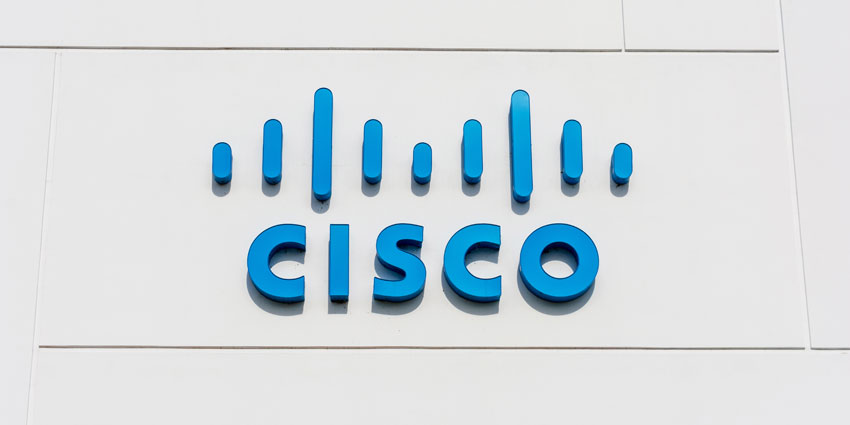Few brands have used good customer service as a differentiator like L.L. Bean.
Indeed, if you’ve ever been to a contact center conference or webinar, you’ll likely have seen quotes from the company leaders laying out the value of good, old-fashioned customer service.
The following example from the founder himself is perhaps the most widely spread:
Sell good merchandise at a reasonable profit, treat your customers like human beings, and they’ll always come back for more.
Moreover, Leon Gorman, former CEO of L.L. Bean and grandson of the founder himself, is often attributed with the popular quote:
Customer service is just a day-in, day-out, ongoing, never-ending, unremitting, persevering, compassionate type of activity.
Yet, L.L. Bean’s customer service has unfortunately now relented, shrinking its call center hours and laying off many of its staff earlier this week.
Starting in July, the outdoor retailer will staff its contact center from 8am to 8pm, when most of its demand comes in.
Meanwhile, all employees impacted by the announcement will receive severance packages.
In making the announcement, a company spokesperson said: “As more of our customers choose self-service and shop through our digital and retail channels, customer contacts have declined over the last four years.
Simply put, L.L. Bean customers shop differently today than in the past, and we must adapt.
These latest layoffs follow the 2021 shutdown of its contact center in Lewiston and its 2020 job cuts, which impacted its customer service team.
A Sign of the Times?
With such an announcement, many would assume L.L. Bean to be struggling. But it’s not; revenues are rising.
From 2017-2020, revenues sat in the $1.6BN range. However, in 2021, they surged to $1.8BN, and the retailer has maintained this level despite the pandemic-fueled flux in outdoor activities.
In a Forbes article, L.L. Bean credited this growth with a shift in its omnichannel commerce strategy – switching from retail focus to brand-building – and an expansion beyond traditional retail avenues.
As that strategy has taken shape and revenues grow, the squeeze on contact center opening times and layoffs may seem like an unnecessary step.
Nevertheless, it perhaps serves as a reminder that perceptions of the contact center as a “cost center” – and not a “profit center” – still exist, even amongst brands that have traditionally valued good customer service.
If that trend persists, contact centers may feel the pinch and pressure to develop an AI strategy.
After all, thanks to the rise of large language models (LLMs), business leaders have had a glimpse of a future where conversational interfaces handle ever more complex customer issues.
Moreover, as some contact centers become decentralized and more employees from across the business take ad-hoc customer calls, many conventional contact centers may feel pressured to demonstrate their value.
Thankfully, there are several tactics to do so, from understanding customer journeys and spreading customer insights across the business to proactively blending the use of AI and human support.
Of course, finding the time to do this amid the day-to-day contact center firefighting is tricky.
However, as the “cost center” perceptions persist and contact centers come under strain to evolve – now is the time to take charge of their own future.
That likely starts by aligning the contact center with the business’s overarching objectives and, in light of those, developing a plan to bring the service team into the heart of the business strategy.







